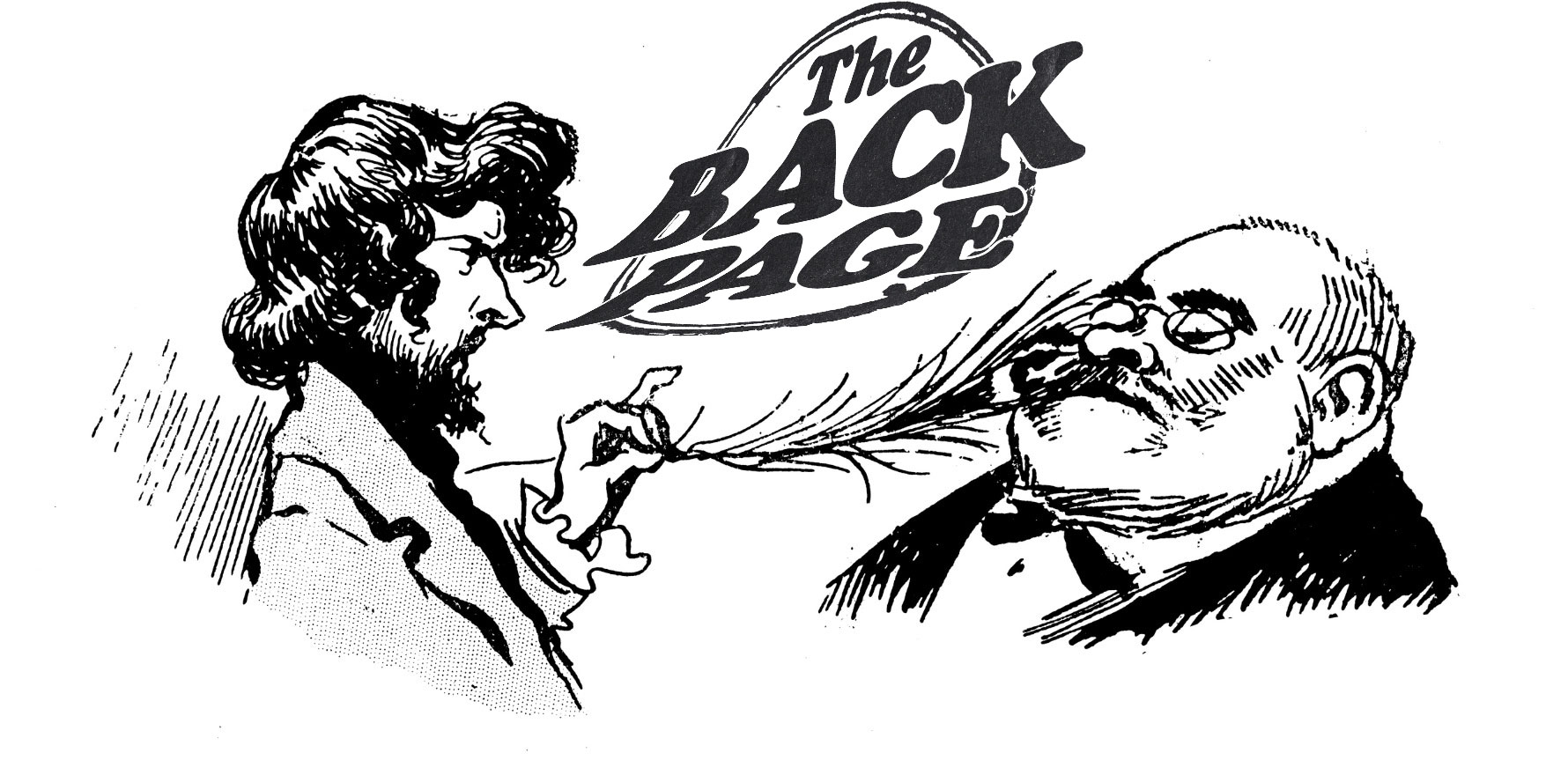The tickle response is a bit of a mystery, but here comes science.
A research team working at Humboldt-Universität in Berlin has developed a theory to explain why humans cannot tickle themselves, with the help of some brave volunteers who agreed to be tickled in the name of science.
The team’s findings, published in Philosophical Transactions of the Royal Society B: Biological Sciences, will no doubt interest lovers of Mr Tickle, that seminal work in Roger Hargreaves’ Mr Men canon.
Apparently, however, humans don’t have a monopoly on the tickle response. Chimps, dogs and rats are also up for a giggle if you pester them with a feather – as are dolphins, although how someone figured that out is beyond The Back Page.
“Ticklishness describes two very different percepts,” the researchers wrote. “One follows touch that is light and feathery, like a spider crawling upon one’s skin [editor’s note: this may not get a laugh out of everyone]. The other touch is heavy and rhythmic, and commonly associated with playful and interactive behaviour.”
In an experiment to investigate the tickle response, 12 volunteer “ticklees” sat on a chair with their underarms and feet bared, ready for easy access by their tickler. Before tickling, they were given a bit of time to get to know one another. Cameras were aimed at their face and foot.
The researchers filmed and recorded the tickling sessions, although the recording of one participant had to be excluded “due to technical issues during the recording”. The mind boggles.
Participants typically started to smile at around 300 milliseconds after the tickler began work. Shortly after, they experienced a change in breathing, and another 200 milliseconds in they began making some noise, typically laughing.
During the experiment, the researchers asked the person being tickled to rate how ticklish the sensations were. As expected, the feet were the most ticklish area of the body.
After some time to calm down, the researchers repeated the experiment. This time the volunteers were asked to tickle themselves while also being tickled by their partner. They found the partners’ tickles to be less “ticklish” when they were also on the job themselves.
“Externally evoked ticklishness is reduced by simultaneous self-tickling, whereby self-touch evokes stronger suppression than sole self-tickle movement without touch,” the research said.
The team hypothesise that the reason people cannot tickle themselves is that the brain sends signals inhibiting tickling when we touch ourselves to avoid our being prevented from performing tasks.
It would certainly liven up mornings if putting socks on made us helpless with laughter.
Tell penny@medicalrepublic.com.au something funny.


